If you thought that beauty had to conform to neat, predictable standards, Chappell Roan is here to make you question everything
At first glance, she looks like Divine. In the 1972 film Pink Flamingos by John Waters, the drag queen’s signature style is referenced by pop sensation and beauty icon Chappell Roan, whose glittery-blue eyeshadow, pink-blushed cheeks, and pencil-thin near-nonexistent eyebrows take shape—if there was ever a shape to be found. Divine is also how one might describe Roan, whose own beauty aesthetic captures the multifaceted identities the artist frames on her own.
RELATED: MEGA Style’s Guide to Living a Brat Summer Like Charlie XCX
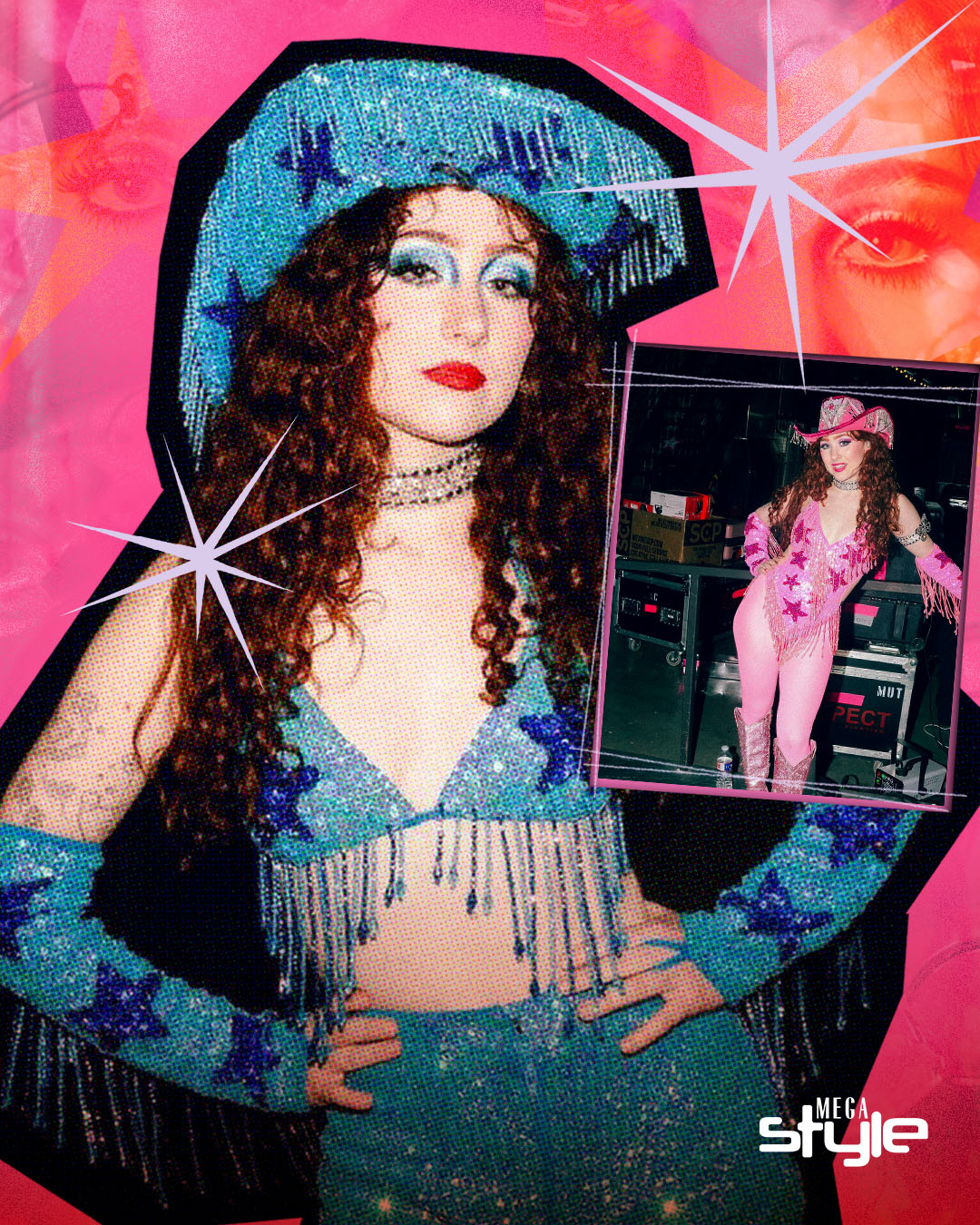
She showed me things I didn’t know. She did it right there, on the deck, put her canine teeth in the side of my neck. Well, close enough. Chappell Roan taught me to go against all rules. The artist has somewhat become a modern-day emblem of “ugly beauty.” This concept takes on an expression that’s more than skin-deep, disregarding expectations, and shifting traditional beauty standards on their head and their face.
Roan’s maximalist makeup—spirited colors, exaggerated features, and unconcern for established aesthetics—illustrates the transgressive nature of ugly beauty. In her Jimmy Fallon interview, the artist appeared as a mythical, feathery figure; fluffs of each eye never leaving ours. At the Governor’s Ball in New York City, she symbolized the Statue of Liberty, body-painted in “patina” green, but there is no oxidation there; only ornation.
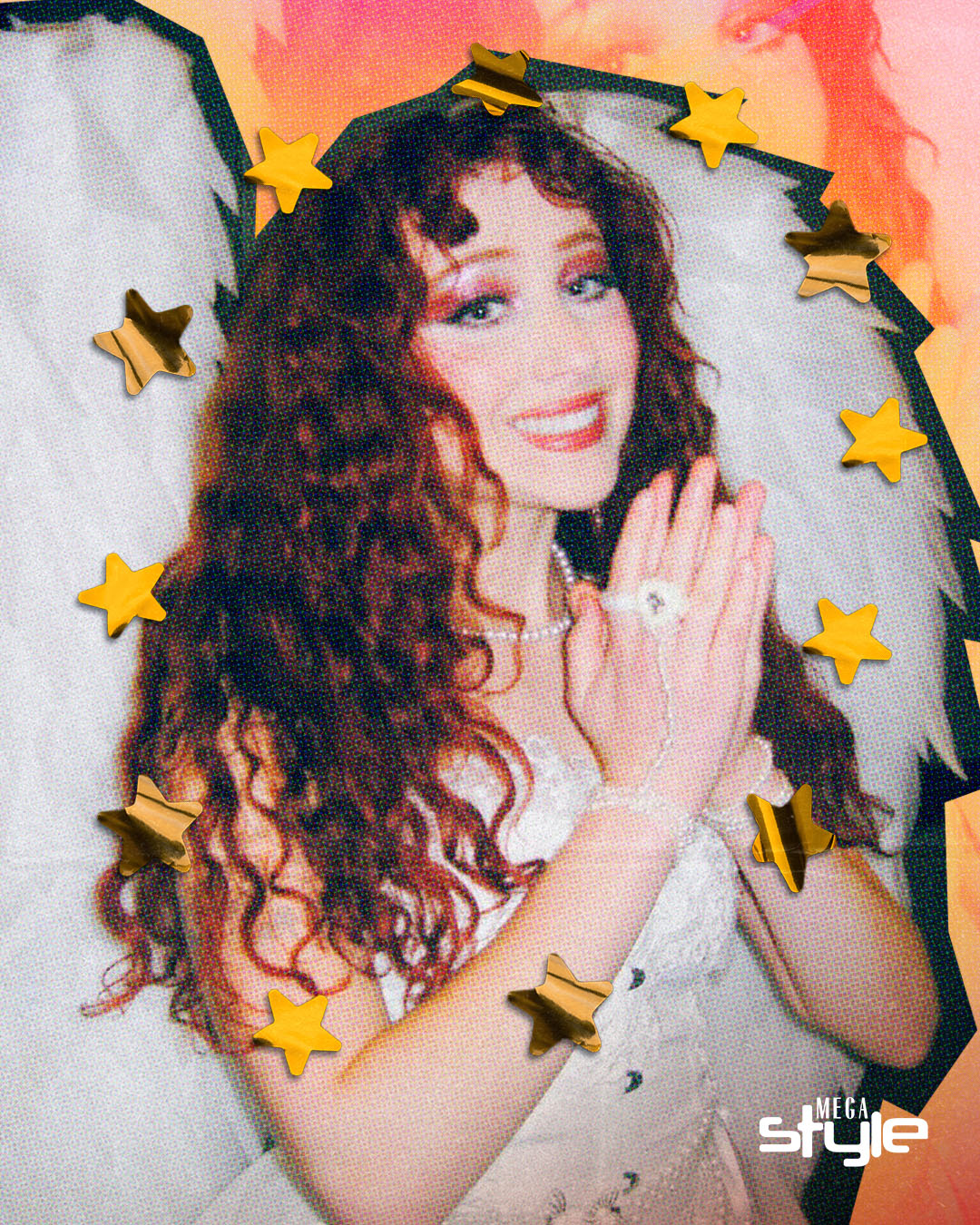
By assuming what others might shy away from, she redefines what it means to be beautiful, if she even wants to be called beautiful.
Ugly beauty is not just about rejecting tradition, however. The artist’s makeup is a colorful commentary on conformity, turning the volume up on personality while dialing down on the predictable. Her makeup choices are like a self-portrait where she’s the artist, the model, and the muse. This form of self-expression is a full-blown proclamation of individuality, relegating conformity to the dustbin of history like Facebook profiles.
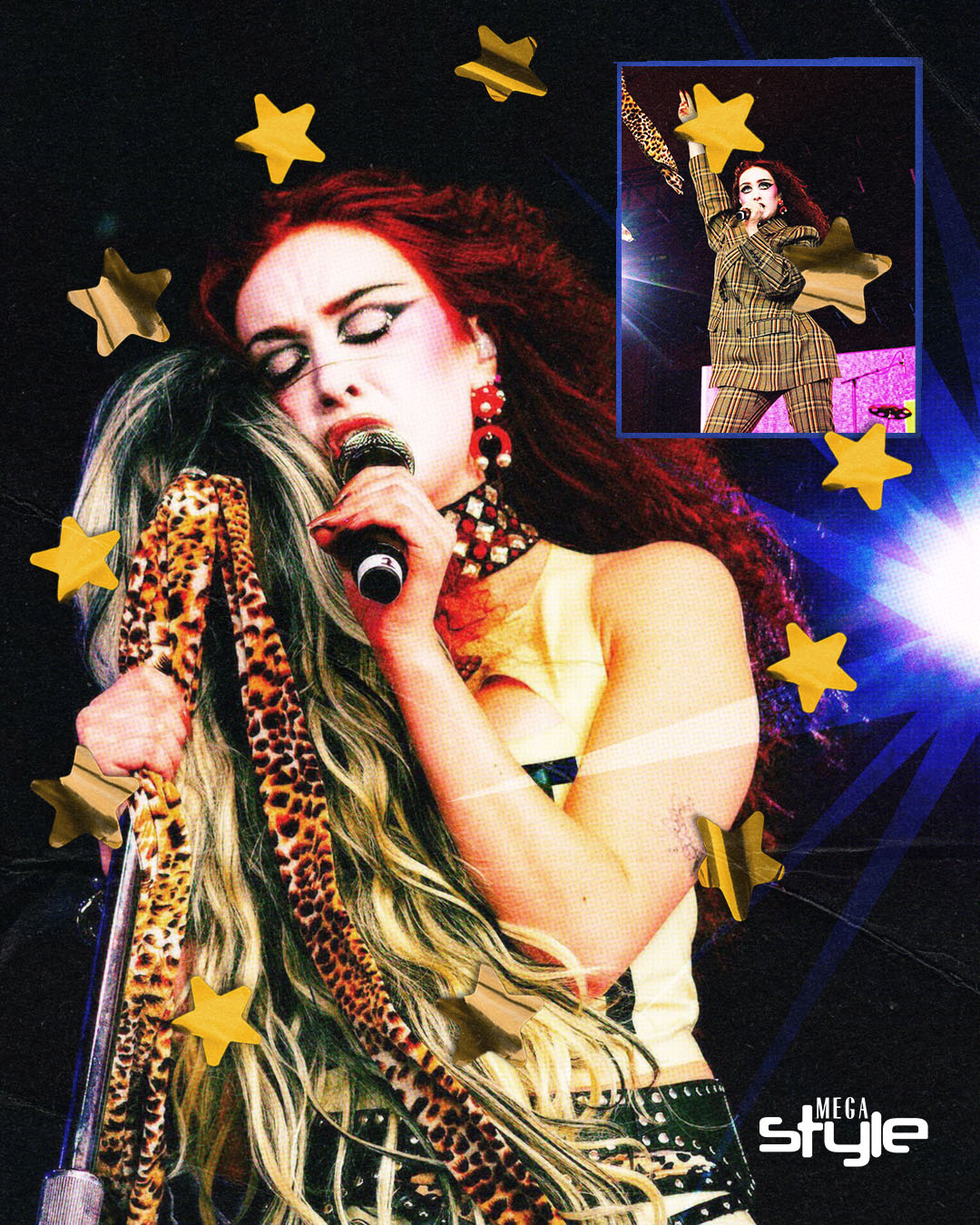
As an openly lesbian artist, Chappell Roan’s embrace of ugly beauty carries even more weight. In rejecting the male gaze and the societal rules it imposes on beauty, especially for femininity, Roan claims her identity and disregards the expectations placed upon women to adhere to a particular measure for male approval or sexual fantasy. Her look is not designed to please or to fit neatly into a box, but to assert her vision, one that is as camp as her music.
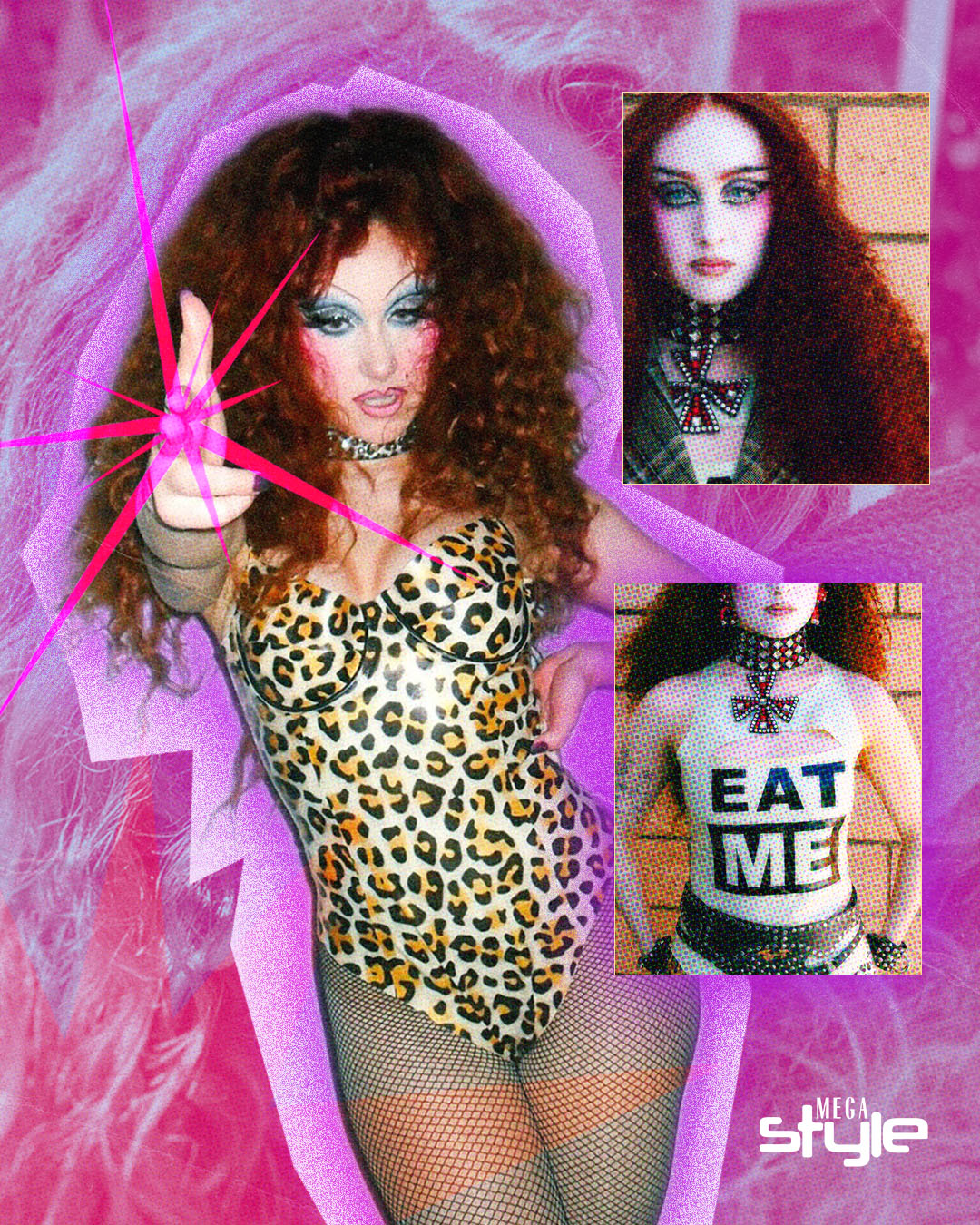
The political implications of ugly beauty are profound. By stepping outside the bounds of customary beauty, Roan and others who welcome this aesthetic challenge the very foundations of how beauty is perceived and valued in society. It attacks against a system that dictates who and what is beautiful, a system that often marginalizes those who do not fit its narrow criteria of beauty that limits one’s creativity. In this sense, ugly beauty becomes resistance, a way to claim space and visibility for identities that are often overlooked.
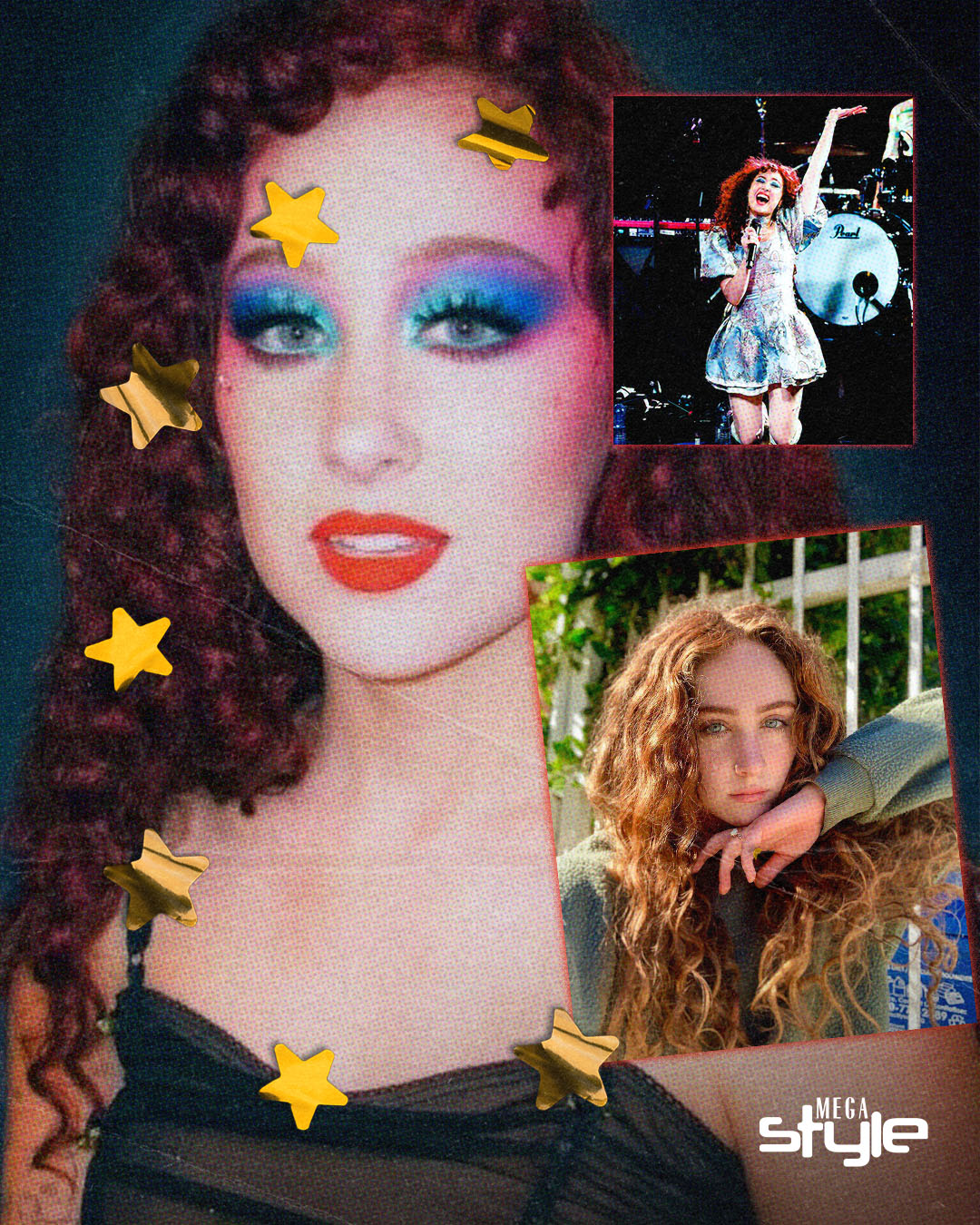
Her aesthetic choices explain the potential of ugly beauty to disrupt, provoke, and inspire. Her maximalist makeup and strong style live in a truth that is her own. Chappell Roan lets us all see beauty in a new light that is more inclusive, authentic, and ultimately more ourselves. With that, we say to conventional beauty standards, “Good luck, babe.”
Photos: CHAPPELL ROAN (via Instagram)






